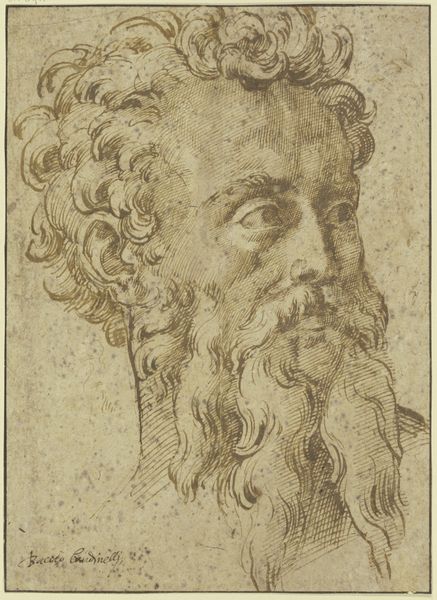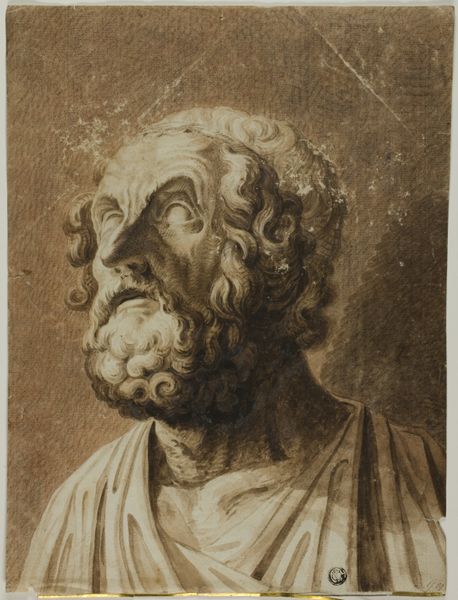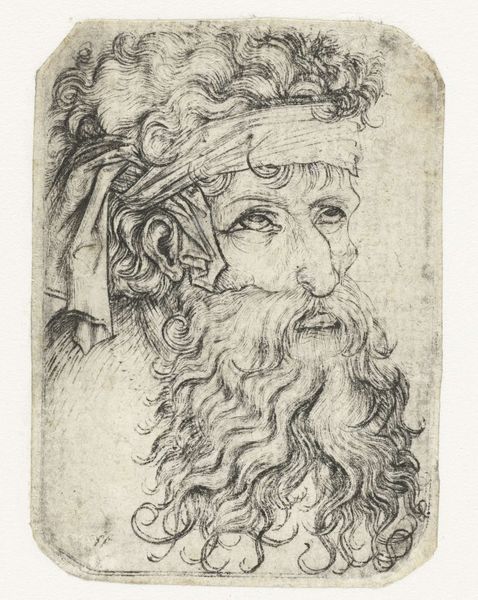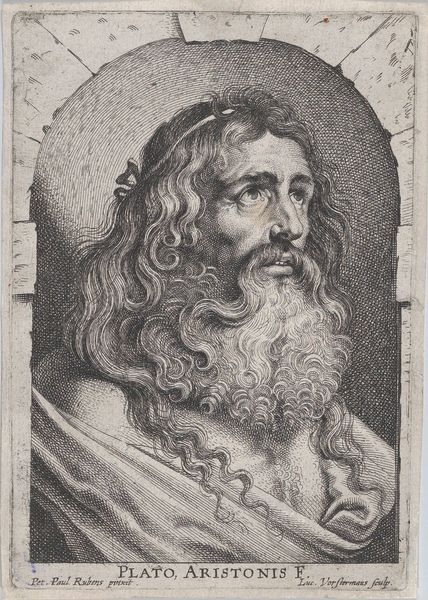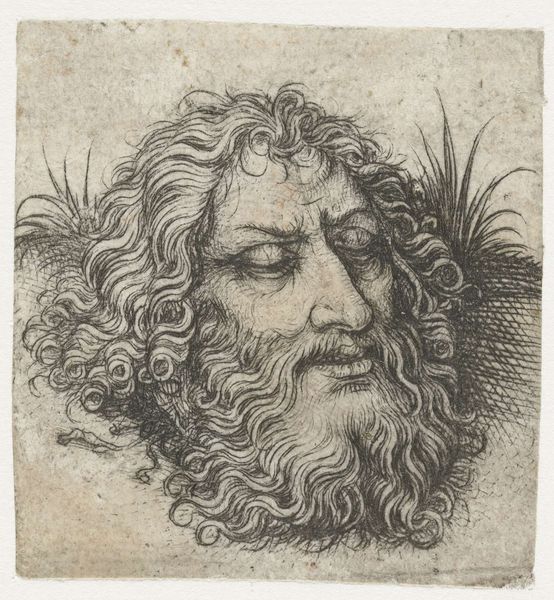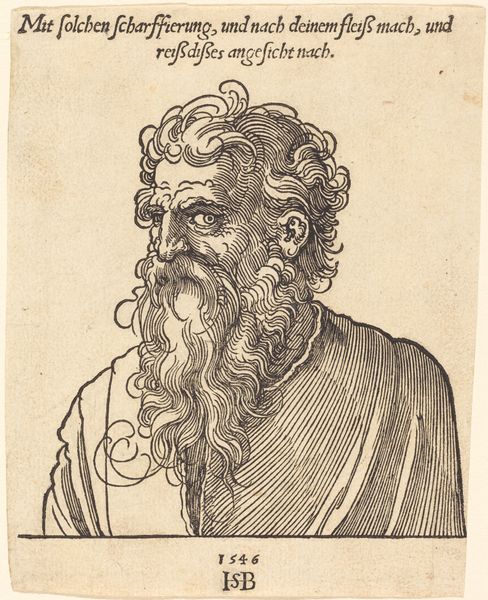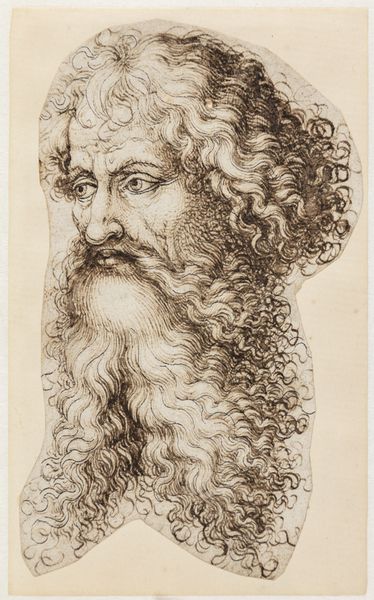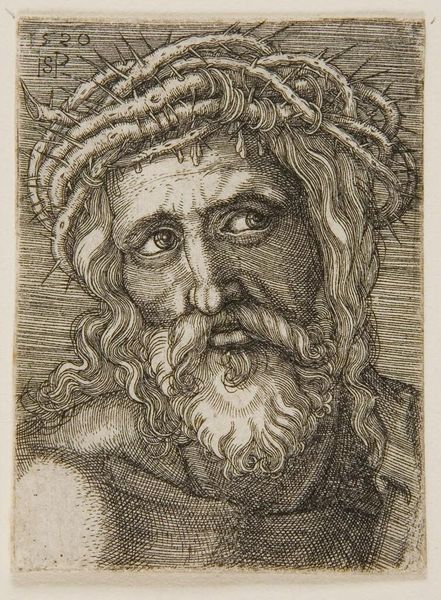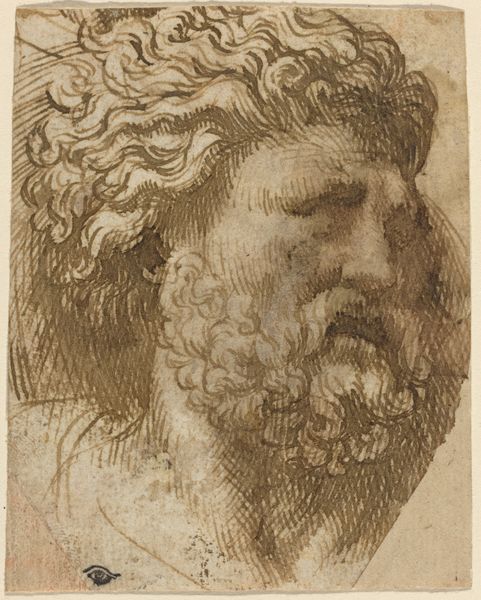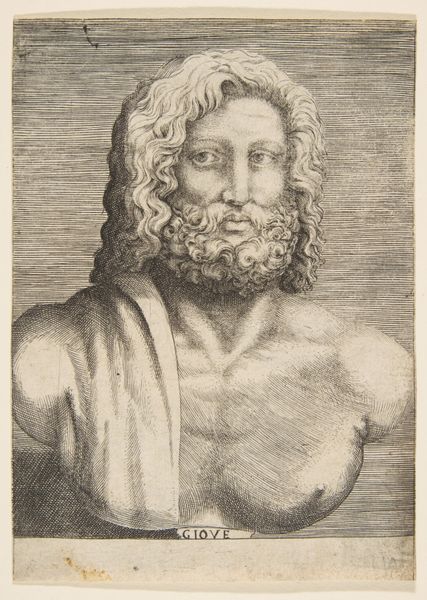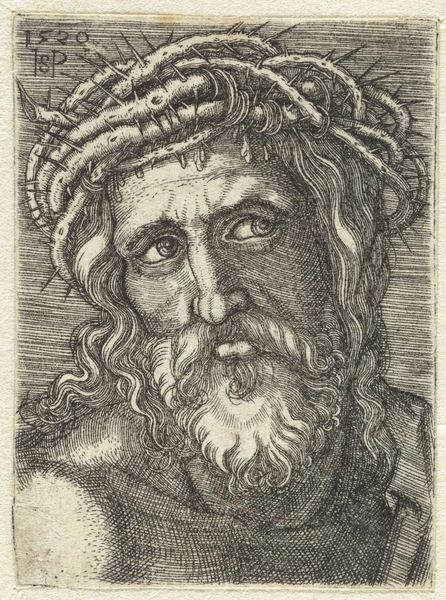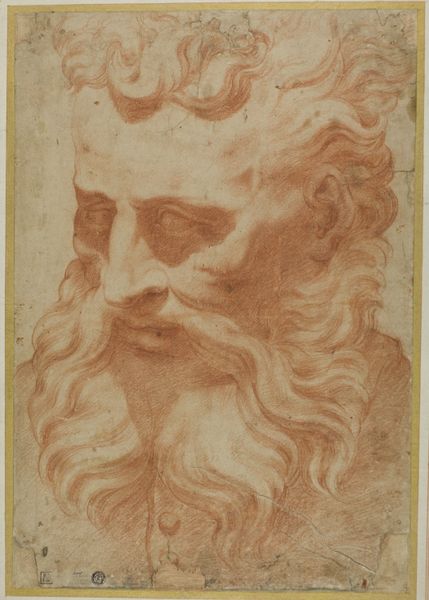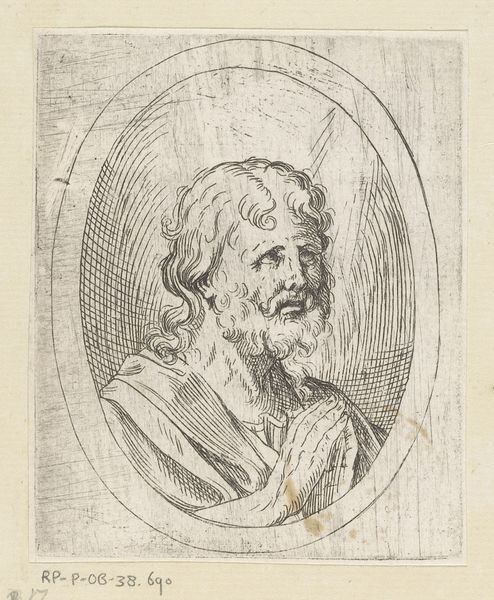
drawing, pencil
#
portrait
#
drawing
#
medieval
#
pencil sketch
#
figuration
#
11_renaissance
#
pencil drawing
#
pencil
#
portrait drawing
#
northern-renaissance
Dimensions: height 57 mm, width 45 mm
Copyright: Rijks Museum: Open Domain
Editor: Here we have "Head of an Old Man," a pencil drawing dating from 1485-1490, by the Master of the Amsterdam Cabinet. The portrait possesses this quiet intensity, a dignified weariness perhaps? How do you interpret this work? Curator: Well, looking at it through the lens of cultural history, I’m struck by how it participates in a renewed interest in classical antiquity. Consider how portraiture was evolving in the late 15th century. This image reflects not just a likeness, but an almost idealized depiction of age and wisdom, perhaps aiming to convey moral authority, particularly if destined for public consumption or display. What kind of audience might this have been intended for? Editor: Maybe a scholarly one, given the sitter's intellectual air? Or could it have served as an inspirational model for younger artists in a workshop? Curator: Precisely. And notice how the artist uses line to create depth and texture. The hatching technique wasn’t merely artistic flair, but was relatively accessible with new printing technologies, offering ways to circulate imagery and ideas much more widely than ever before. Do you see echoes of similar figures in other artworks of the time? Editor: I see similar faces in some religious iconography and humanist writings of the period, depicting prophets or wise men, imparting gravitas and tradition. Curator: Exactly. The "Head of an Old Man" functions not simply as an aesthetic object, but as a conduit for cultural values and shifting perceptions of status and knowledge. The printing revolution amplified its symbolic reach, impacting society on multiple levels. Editor: I hadn't thought about how its circulation shaped its meaning. I appreciate understanding that the image meant one thing to its contemporary viewers, yet offers many lessons to a modern viewer as well. Curator: Indeed. By looking at the intersection of artistic expression and social structures, we gain a much deeper understanding of both the artwork and its time.
Comments
No comments
Be the first to comment and join the conversation on the ultimate creative platform.
